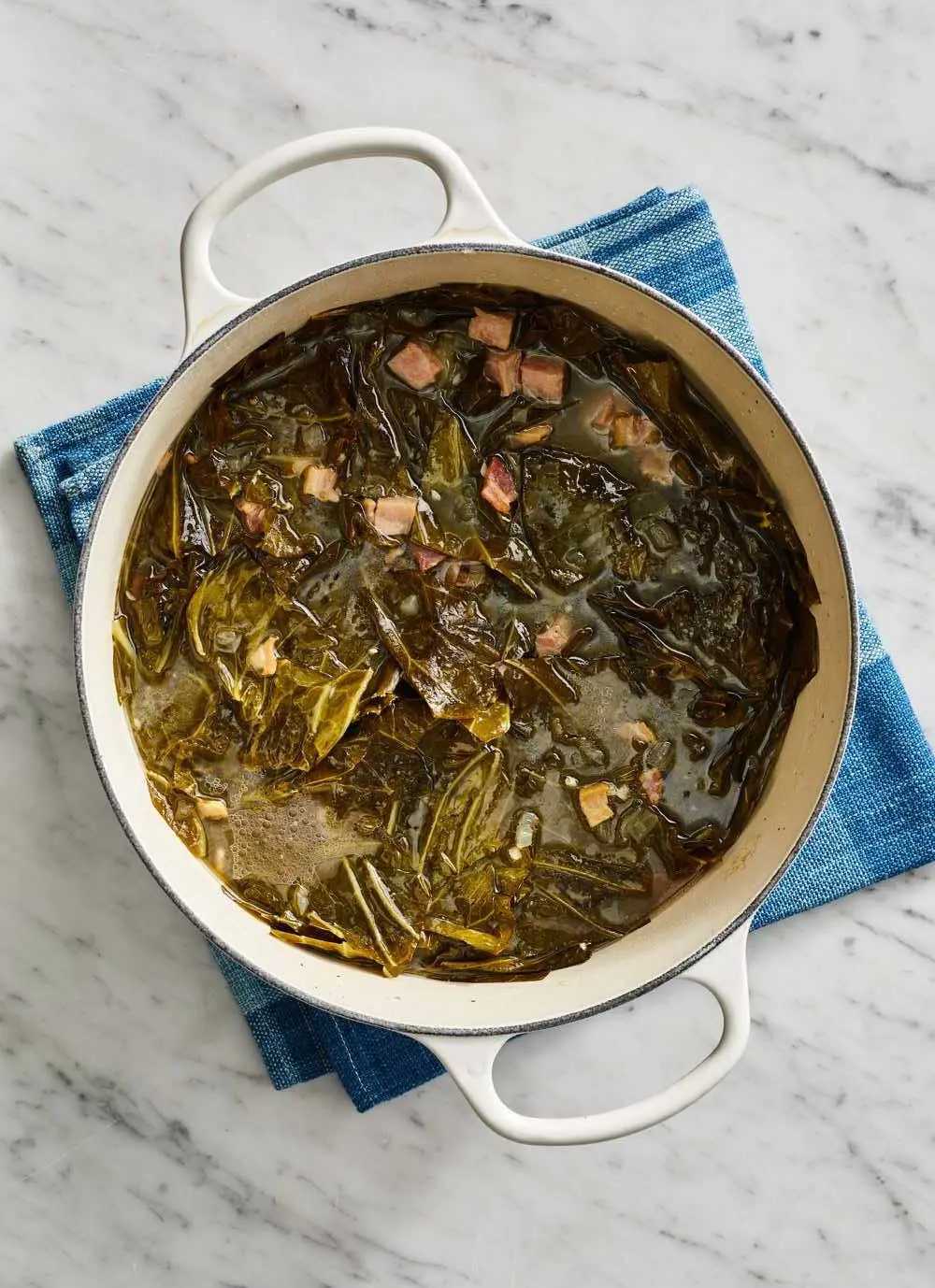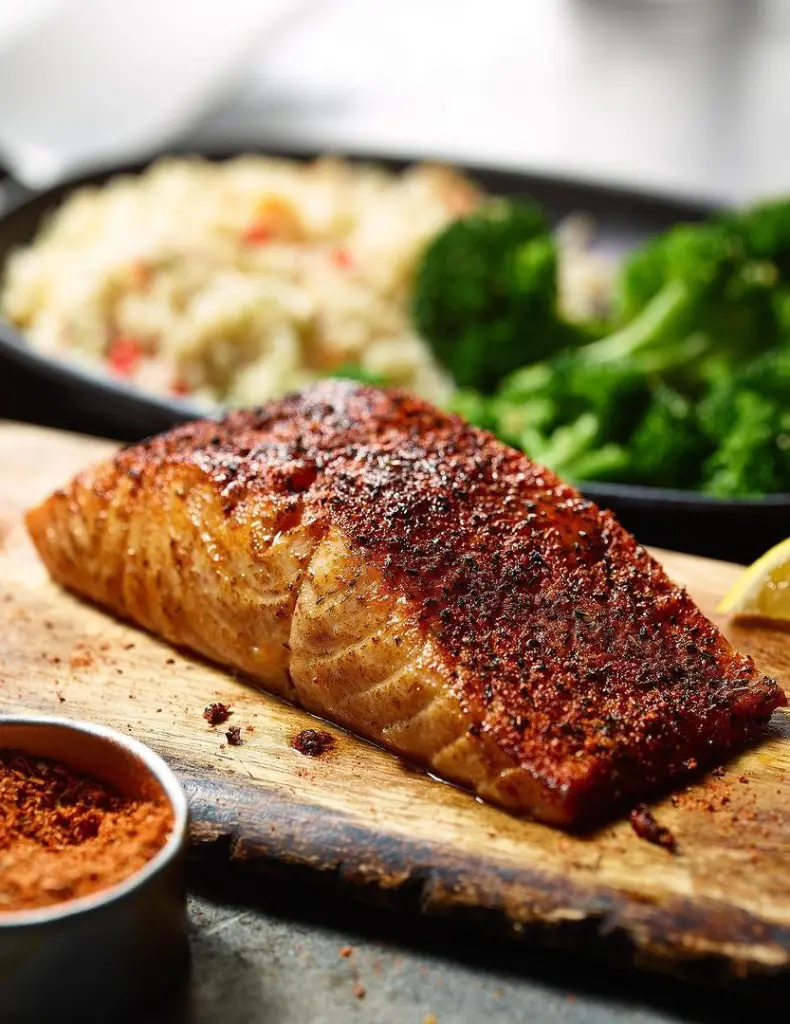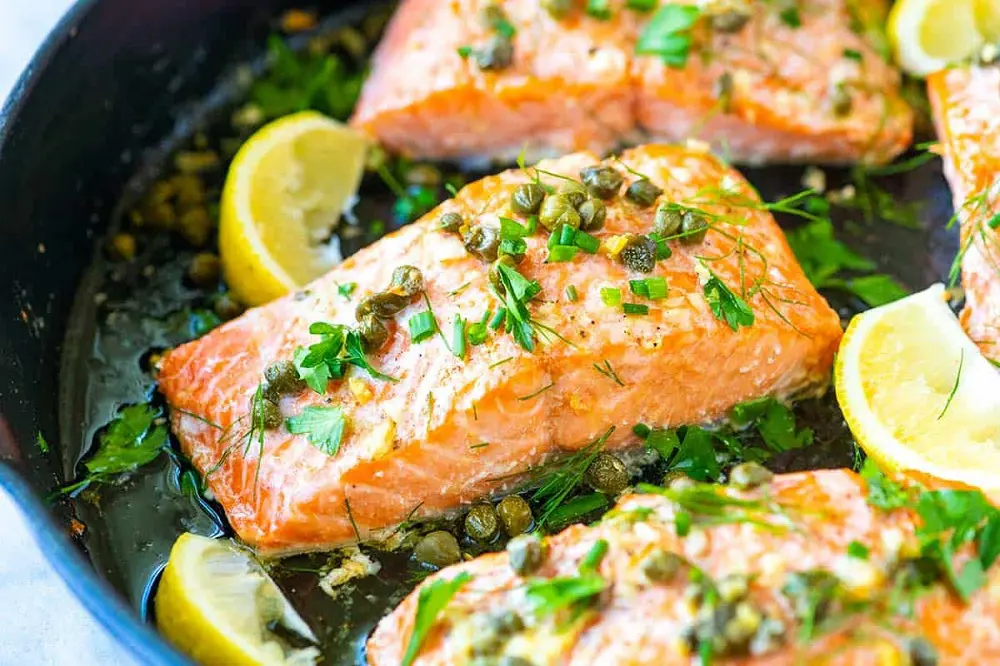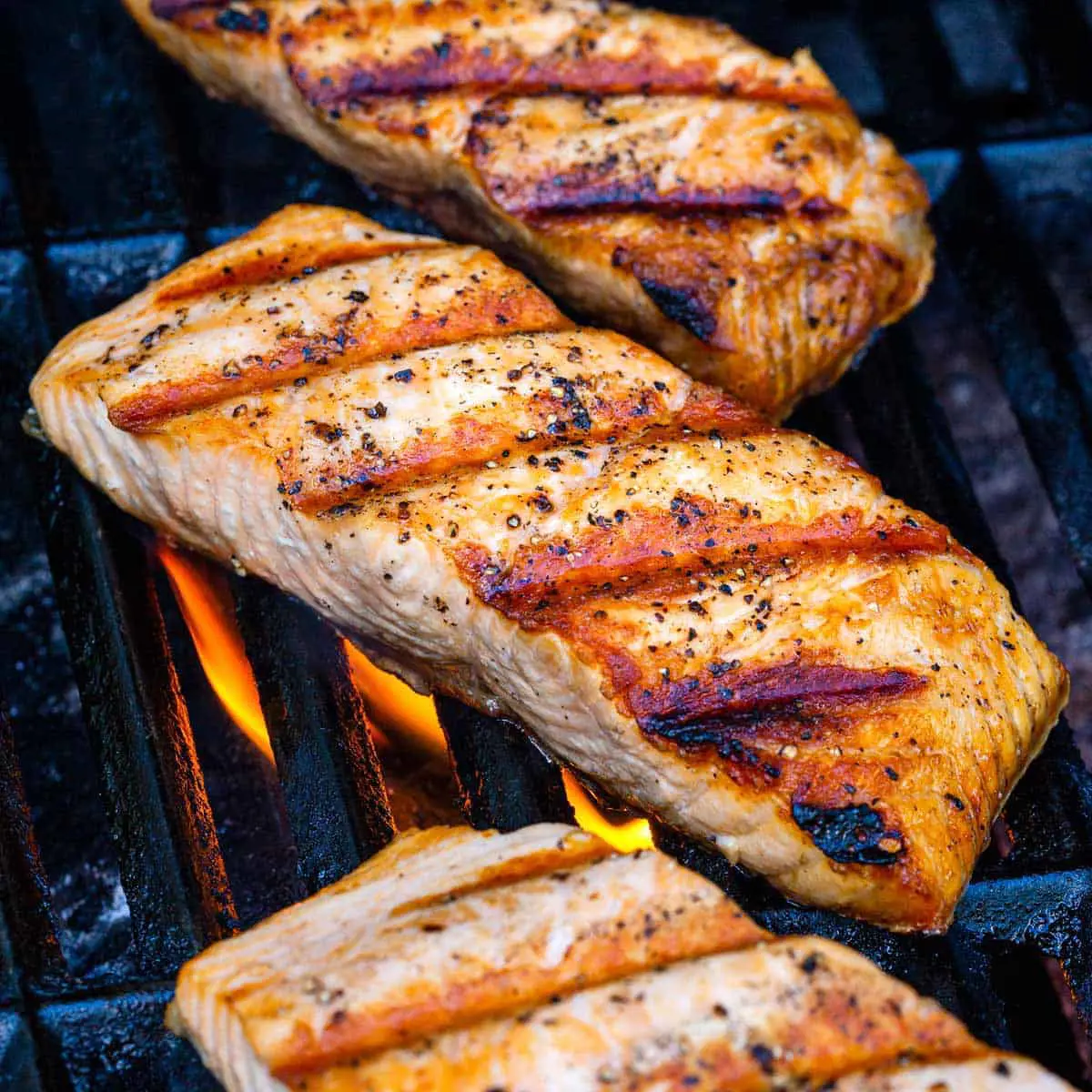Delicious Chow Mein at Home: A Complete Recipe and Guide
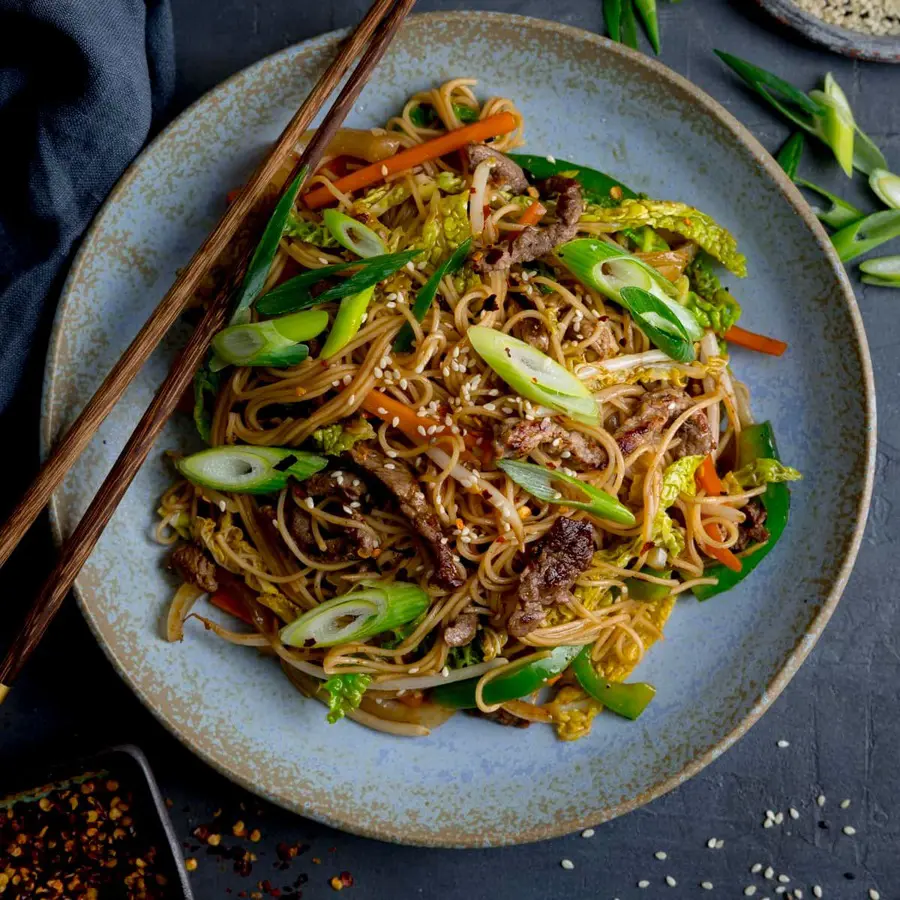
Chow Mein, a popular Chinese dish, translates to "stir-fried noodles" and has become a staple in Chinese cuisine worldwide. The dish features a delightful combination of noodles, vegetables, and protein, all seasoned with a savory sauce. Its versatility allows for numerous variations, catering to different tastes and dietary preferences.
This comprehensive guide will take you through everything you need to know to prepare an authentic and delicious Chow Mein at home, from ingredients and preparation to cooking techniques and tips.
Ingredients
1. Noodles
- Egg Noodles: Fresh or dried, egg noodles are the traditional choice for Chow Mein. They have a firm texture that holds up well to stir-frying.
- Alternative Noodles: For those with dietary restrictions, rice noodles or gluten-free noodles can be used as substitutes.
2. Proteins
- Chicken: Boneless, skinless chicken breast or thighs, sliced into thin strips.
- Beef: Flank steak or sirloin, sliced thinly against the grain.
- Shrimp: Deveined and peeled.
- Tofu: Firm or extra-firm tofu, cubed, for a vegetarian option.
3. Vegetables
- Cabbage: Shredded, adds a crunchy texture.
- Carrots: Julienned or thinly sliced.
- Bell Peppers: Any color, thinly sliced.
- Bean Sprouts: Fresh and crunchy.
- Green Onions: Sliced into 1-inch pieces.
- Snow Peas or Snap Peas: Ends trimmed.
- Garlic and Ginger: Minced, for aromatics.
4. Sauce
- Soy Sauce: Both light and dark soy sauce for depth of flavor.
- Oyster Sauce: Adds a rich, umami flavor.
- Sesame Oil: For a nutty aroma.
- Hoisin Sauce: Sweet and savory, adds complexity.
- Cornstarch: Mixed with water to thicken the sauce.
- Sugar: Balances the flavors.
- White Pepper: For a mild heat.
5. Optional Ingredients
- Bamboo Shoots: For additional texture.
- Mushrooms: Sliced, adds earthiness.
- Water Chestnuts: Adds a crunchy contrast.
Preparation
1. Preparing the Noodles
- Boiling: Cook the noodles according to the package instructions until al dente. Avoid overcooking as they will cook further during stir-frying.
- Rinsing: Drain and rinse the noodles under cold water to stop the cooking process and prevent them from sticking together.
- Draining: Let the noodles drain thoroughly before stir-frying.
2. Preparing the Proteins
- Chicken/Beef: Slice the meat thinly and marinate with a mixture of soy sauce, cornstarch, and a bit of oil for at least 15 minutes.
- Shrimp: Ensure they are deveined and peeled, and marinate similarly to the meat.
- Tofu: Press to remove excess moisture, then cube and lightly coat with cornstarch to help it crisp up during cooking.
3. Preparing the Vegetables
- Washing: Wash all vegetables thoroughly.
- Slicing: Slice vegetables uniformly to ensure even cooking.
- Aromatics: Mince garlic and ginger finely.
4. Preparing the Sauce
- Mixing: In a small bowl, combine soy sauce, oyster sauce, hoisin sauce, sesame oil, sugar, and white pepper.
- Thickening Agent: Dissolve cornstarch in water and add to the sauce mixture.
Cooking Technique
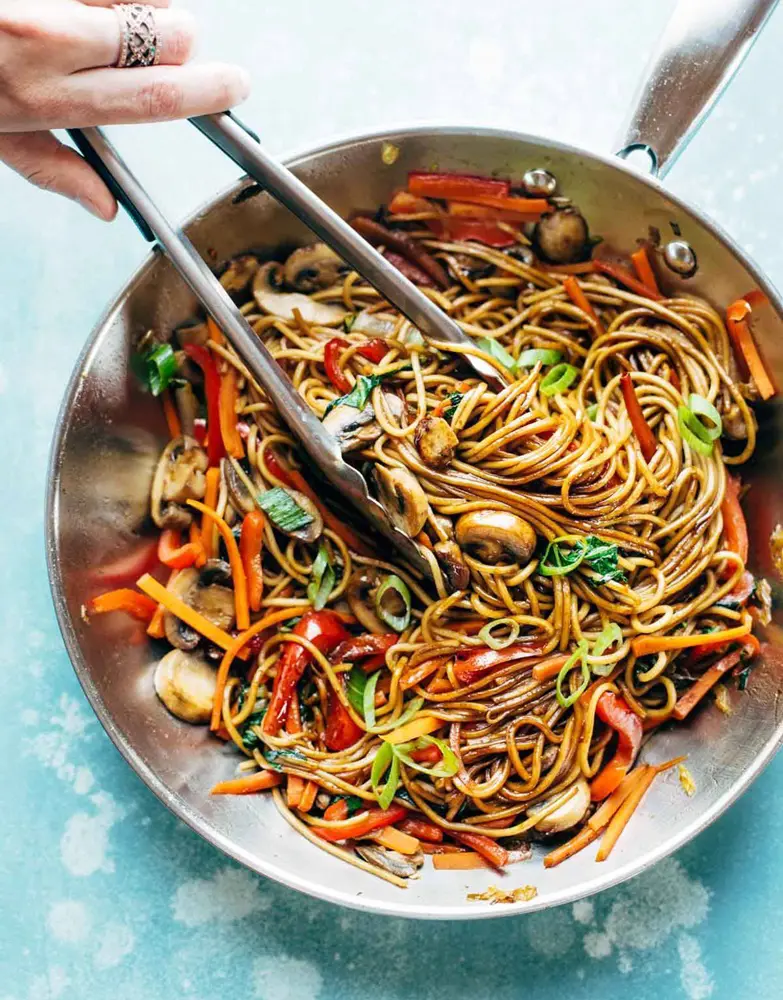
1. Stir-Frying
- Use a wok or large skillet and heat over high heat until smoking.
- Add a high smoke points oil such as vegetable or peanut oil.
2. Cooking Proteins:
- For meat or shrimp, cook in batches to avoid overcrowding. Stir-fry until browned and just cooked through, then remove from wok.
- For tofu, cook until golden brown on all sides, then remove.
3. Cooking Vegetables:
- Add a bit more oil if needed and stir-fry the garlic and ginger until fragrant. Add the vegetables starting with the ones that take the longest to cook (e.g., carrots), followed by quicker-cooking vegetables (e.g., bell peppers, cabbage).
4. Combining:
- Return the proteins to the wok, add the noodles, and pour the sauce over the top.
5. Tossing:
- Use tongs or chopsticks to toss everything together until evenly coated and heated through.
Tips for Perfect Chow Mein
- High Heat: Ensure the wok or skillet is hot enough to sear the ingredients quickly.
- Prep Ahead: Have all ingredients prepped and ready before starting to cook.
- Batch Cooking: Cook proteins in batches to avoid steaming and ensure a good sear.
- Avoid Overcrowding: Overcrowding the wok can lead to uneven cooking.
- Consistent Slicing: Slice vegetables uniformly for even cooking.
Variations
Vegetarian Chow Mein
- Use tofu or additional vegetables in place of meat.
- Substitute vegetarian oyster sauce (made from mushrooms) and use light soy sauce.
Spicy Chow Mein
- Add sliced chili peppers or a dash of chili oil to the sauce for heat.
- Serve with a side of chili garlic sauce.
Seafood Chow Mein
- Use a combination of shrimp, scallops, and squid.
- Enhance the sauce with a splash of fish sauce for deeper umami.
Chicken and Broccoli Chow Mein
- Replace some of the traditional vegetables with broccoli florets.
- Steam the broccoli lightly before adding to the wok.
Beef and Mushroom Chow Mein
- Use beef and a variety of mushrooms such as shiitake, oyster, or button mushrooms.
- Add a bit of dark soy sauce for richer color and flavor.
Serving Suggestions
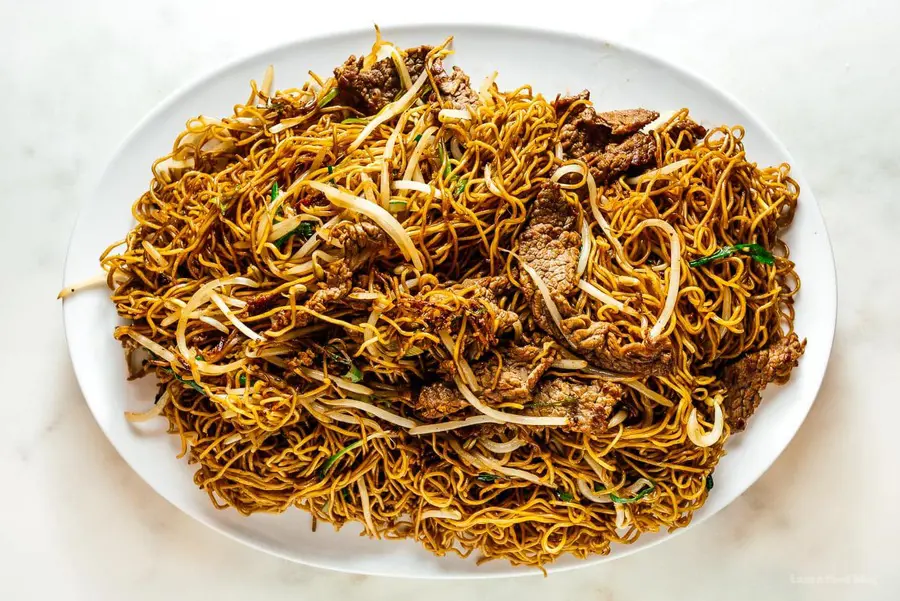
Accompaniments
1. Spring Rolls: Serve with sweet chili sauce for a crispy starter.
2. Hot and Sour Soup: A tangy, spicy soup complements the noodles well.
3. Pickled Vegetables: Adds a refreshing contrast to the savory noodles.
Garnishes
1. Sesame Seeds: Sprinkle toasted sesame seeds for added crunch and flavor.
2. Cilantro: Fresh cilantro leaves for a burst of freshness.
3. Chopped Peanuts: Adds a nutty crunch.
4. Lime Wedges: For a zesty kick.
Nutritional Information
Calories and Macros (Per Serving)
- Calories: Approximately 400-600, depending on ingredients and portion size.
- Protein: 20-30 grams.
- Carbohydrates: 50-70 grams.
- Fats: 10-20 grams.
Health Tips
- Lean Proteins: Opt for lean cuts of meat or plant-based proteins.
- Whole Grain Noodles: Use whole grain or high-fiber noodles for added nutrition.
- Low-Sodium Sauces: Choose low-sodium soy sauce and other condiments to reduce salt intake.
- Vegetable Variety: Incorporate a wide range of colorful vegetables for a nutrient-dense meal.
Chow Mein is a beloved dish that brings together the best of Chinese stir-frying techniques and the versatility of noodles. Whether you prefer it with chicken, beef, shrimp, or tofu, the key to a great Chow Mein lies in the preparation and the balance of flavors and textures.
By following this comprehensive guide, you can create a delicious and authentic Chow Mein that will satisfy your cravings and impress your family and friends. Enjoy the journey of making this classic dish and feel free to experiment with different ingredients to make it your own.
Recent posts
Recipe
Recipe
How To Cook Southern-Style Collard Greens
Cooking Southern-style collard greens is a beloved tradition of Southern cuisine, known for its comforting, rich, and savory flavors. These greens are slowly simmered until tender, resulting in a hearty and flavorful dish. Often prepared with smoked ...
Recipe
Best Herbs and Spices For Seasoning Salmon
Salmon is the culinary chameleon of the seafood world. It goes with everything, from light summer salads to comforting pasta dishes. Need a fast salmon fillet sizzling and without complicated recipes? The secret lies in perfect seasoning. With the ri...
Recipe
Garlic Butter Salmon Recipe
Garlic butter salmon is not only a culinary delight but also a nutritional powerhouse, offering a delectable blend of flavors and numerous health benefits. This dish combines the rich taste of salmon with the aromatic and savory notes of garlic ...
Recipe
A Comprehensive Guide To Perfect Salmon Gravlax
Salmon gravlax is a luxurious, flavorful dish that captures the essence of Scandinavian culinary tradition. This delicacy, made by curing salmon with a mixture of salt, sugar, and dill, is surprisingly easy to prepare at home. In this comprehensive g...
Recipe
14 Grilled Salmon Recipes For Perfect Summer Dinner
Salmon is possibly the most reliable dinner option for many households throughout America. So, we are confident that you already have an array of salmon-baked recipes on your corner. What we have brought for you today are grilled salmon recipes so yo...
Recipe
Best Smoked Salmon Appetizer Recipe
Smoked salmon appetizers are a timeless and elegant choice for any gathering. These offer a perfect balance of rich, smoky flavors and fresh, vibrant ingredients. These have become synonymous with casual brunches as well as upscale gatherings because...
